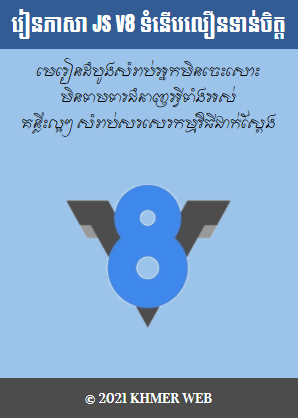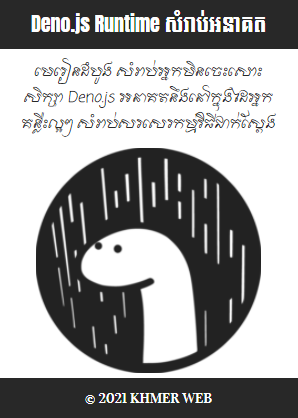Pseudo-class ត្រូវប្រើប្រាស់សំរាប់កំណត់សភាពលក្ខណៈរបស់ element ទាំងឡាយ ស្ថិតនៅក្នុងស្ថានភាពណាមួយ មានដូចជាស្ថិតស្ថានភាពដែល mouse ស្ថិតនៅពីលើ ស្ថានភាពរបស់ link នៅពេលត្រូវចុច និងស្ថានភាពនៅពេលដែល element focus ជាដើម។
<!DOCTYPE html>
<html>
<head>
<meta charset="UTF-8"/>
<meta name="viewport" content="width=device-width, initial-scale=1.0"/>
<title>CSS Pseudo-class</title>
<style>
/* unvisited link */
a:link {
color: red;
}
/* visited link */
a:visited {
color: green;
}
/* mouse over link */
a:hover {
color: hotpink;
}
/* selected link */
a:active {
color: blue;
}
</style>
</head>
<body>
Note: a:hover MUST come after a:link and a:visited in the CSS definition in order to be effective.
Note: a:active MUST come after a:hover in the CSS definition in order to be effective.
</body>
</html>
Note: a:hover MUST come after a:link and a:visited in the CSS definition in order to be effective.
Note: a:active MUST come after a:hover in the CSS definition in order to be effective.
យើងអាចប្រើប្រាស់ pseudo-class ក្នុងការបង្កើត tooltip បាន ដោយធ្វើដូចខាងក្រោមនេះ៖
<!DOCTYPE html>
<html>
<head>
<meta charset="UTF-8"/>
<meta name="viewport" content="width=device-width, initial-scale=1.0"/>
<title>CSS Pseudo-class</title>
<style>
p {
display: none;
background-color: yellow;
padding: 20px;
}
div:hover p {
display: block;
}
</style>
</head>
<body>
Hover over me to show the p element
Tada! Here I am!
</body>
</html>
Tada! Here I am!
:first-child ត្រូវគេយកទៅប្រើប្រាស់សំរាប់ជ្រើសរើសយកelement ណាមួយដែលជា first child នៃ element ណាមួយ។
<!DOCTYPE html>
<html>
<head>
<meta charset="UTF-8"/>
<meta name="viewport" content="width=device-width, initial-scale=1.0"/>
<title>CSS Pseudo-class</title>
<style>
p:first-child {
color: blue;
}
</style>
</head>
<body>
This is some text.
This is some text.
Note: For :first-child to work in IE8 and earlier, a DOCTYPE must be declared.
</body>
</html>
This is some text.
This is some text.
Note: For :first-child to work in IE8 and earlier, a DOCTYPE must be declared.























